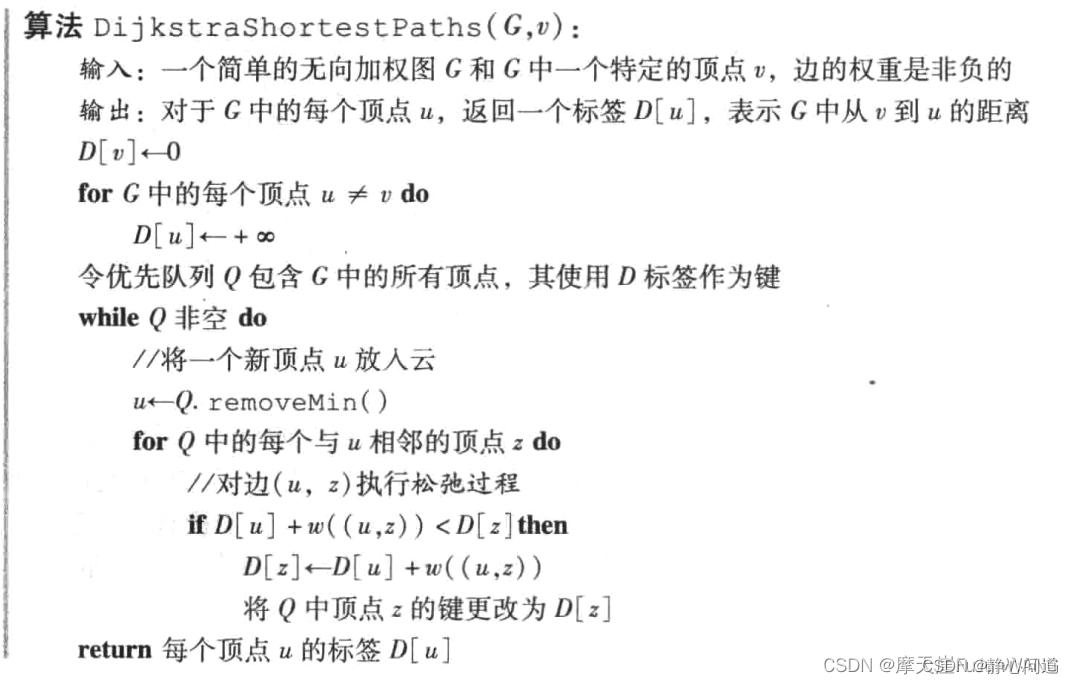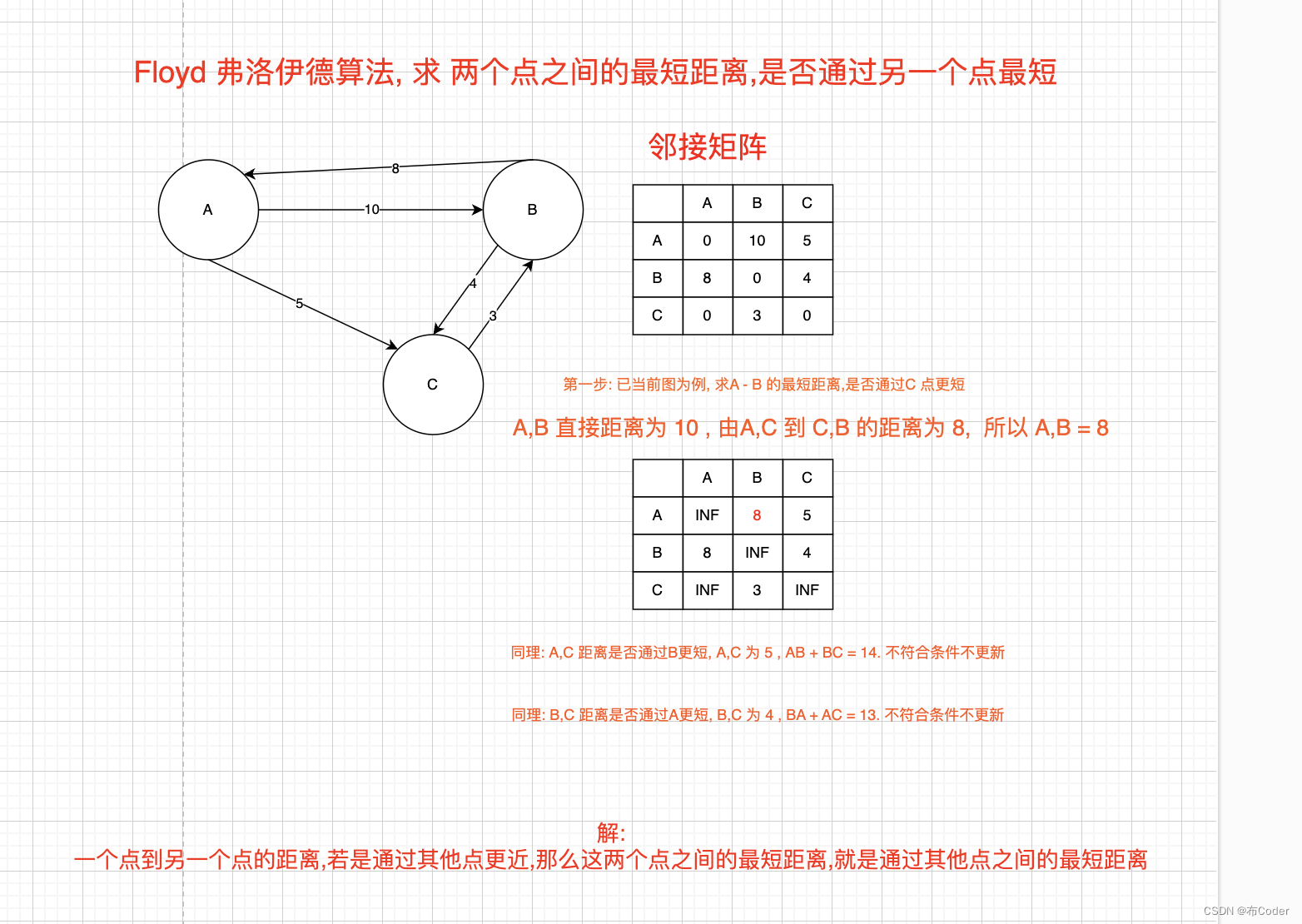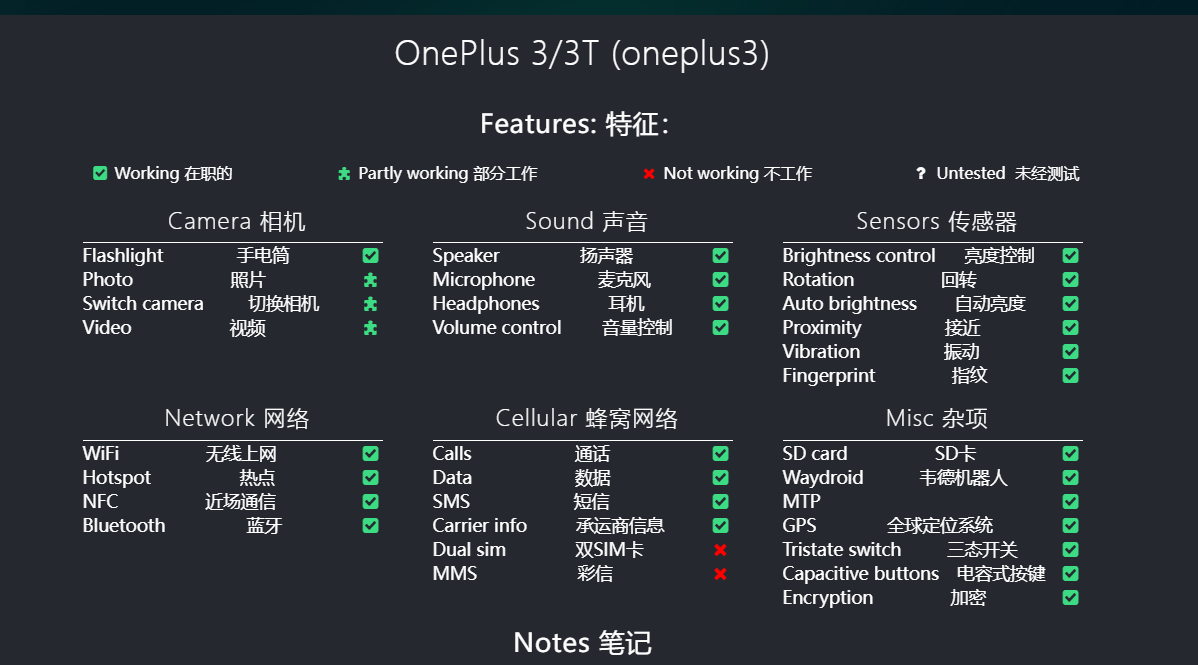创建点集
double r = 200 * 500;
double width = 1920;
double height = 1080;
int col = (int)(r / width);
int row = (int)(r / height);
List<(double, double)> list1 = new List<(double, double)>();
for (int i = 0; i < row; ++i)
{
var y = i * height;
if (y < r)
{
var xxx = Math.Sqrt(r * r - y * y);
var x = xxx - (xxx % width);
list1.Add((x, y));
list1.Add((-x, y));
list1.Add((x, -y));
list1.Add((-x, -y));
}
}点阵像这样一样

最短路径算法,使用LinkedList返回,后续对插入友好
LinkedList<(double, double)> NearestNeighborTSP(List<(double, double)> points)
{
int n = points.Count;
bool[] visited = new bool[n];
visited[0] = true;
int current = 0;
LinkedList<(double, double)> path = new LinkedList<(double, double)>();
path.AddLast(points[current]);
for (int i = 1; i < n; i++)
{
double minDistance = double.MaxValue;
int next = -1;
for (int j = 0; j < n; j++)
{
if (!visited[j])
{
double dist = Distance(points[current], points[j]);
if (dist < minDistance)
{
minDistance = dist;
next = j;
}
}
}
current = next;
visited[current] = true;
path.AddLast(points[current]);
}
path.AddLast(points[0]);
return path;
}
double Distance((double, double) point1, (double, double) point2)
{
return Math.Sqrt(Math.Pow(point1.Item1 - point2.Item1, 2) + Math.Pow(point1.Item2 - point2.Item2, 2));
}路径找完之后(局部展示图,斜线连起来的)

矫正斜线
var currentNode = res.First;
while (currentNode != null && currentNode.Next != null)
{
var nextNode = currentNode.Next;
if (currentNode.Value.Item1 != nextNode.Value.Item1 && currentNode.Value.Item2 != nextNode.Value.Item2)
{
var tempX = Math.Min(currentNode.Value.Item1, nextNode.Value.Item1);
var tempY = currentNode.Value.Item1 > nextNode.Value.Item1 ? currentNode.Value.Item2 : nextNode.Value.Item2;
res.AddAfter(currentNode, (tempX, tempY));
currentNode = nextNode; // Skip the inserted node
}
else
currentNode = currentNode.Next;
}矫正后效果

完整测试代码(demo中所用WPF框架,图表控件为ScottPlot5,nuget里直接搜,装5.0以上版本):
public void test()
{
double r = 200 * 500;
double width = 1920;
double height = 1080;
int col = (int)(r / width);
int row = (int)(r / height);
List<(double, double)> list1 = new List<(double, double)>();
for (int i = 0; i < row; ++i)
{
var y = i * height;
if (y < r)
{
var xxx = Math.Sqrt(r * r - y * y);
var x = xxx - (xxx % width);
list1.Add((x, y));
list1.Add((-x, y));
list1.Add((x, -y));
list1.Add((-x, -y));
}
}
var wpfPlot = new ScottPlot.WPF.WpfPlot();
var xs = list1.Select(x => x.Item1).ToArray();
var ys = list1.Select(y => y.Item2).ToArray();
var xx = wpfPlot.Plot.Add.Scatter(xs, ys, ScottPlot.Colors.Red).LineWidth = 0;
var res = NearestNeighborTSP(list1);
var currentNode = res.First;
while (currentNode != null && currentNode.Next != null)
{
var nextNode = currentNode.Next;
if (currentNode.Value.Item1 != nextNode.Value.Item1 && currentNode.Value.Item2 != nextNode.Value.Item2)
{
var tempX = Math.Min(currentNode.Value.Item1, nextNode.Value.Item1);
var tempY = currentNode.Value.Item1 > nextNode.Value.Item1 ? currentNode.Value.Item2 : nextNode.Value.Item2;
res.AddAfter(currentNode, (tempX, tempY));
currentNode = nextNode; // Skip the inserted node
}
else
currentNode = currentNode.Next;
}
var xs2 = res.Select(x => x.Item1).ToArray();
var ys2 = res.Select(x => x.Item2).ToArray();
var yy = wpfPlot.Plot.Add.Scatter(xs2, ys2, ScottPlot.Colors.Blue).LineWidth = 1;
grid.Children.Add(wpfPlot);
}
LinkedList<(double, double)> NearestNeighborTSP(List<(double, double)> points)
{
int n = points.Count;
bool[] visited = new bool[n];
visited[0] = true;
int current = 0;
LinkedList<(double, double)> path = new LinkedList<(double, double)>();
path.AddLast(points[current]);
for (int i = 1; i < n; i++)
{
double minDistance = double.MaxValue;
int next = -1;
for (int j = 0; j < n; j++)
{
if (!visited[j])
{
double dist = Distance(points[current], points[j]);
if (dist < minDistance)
{
minDistance = dist;
next = j;
}
}
}
current = next;
visited[current] = true;
path.AddLast(points[current]);
}
path.AddLast(points[0]);
return path;
}
double Distance((double, double) point1, (double, double) point2)
{
return Math.Sqrt(Math.Pow(point1.Item1 - point2.Item1, 2) + Math.Pow(point1.Item2 - point2.Item2, 2));
}
}







































